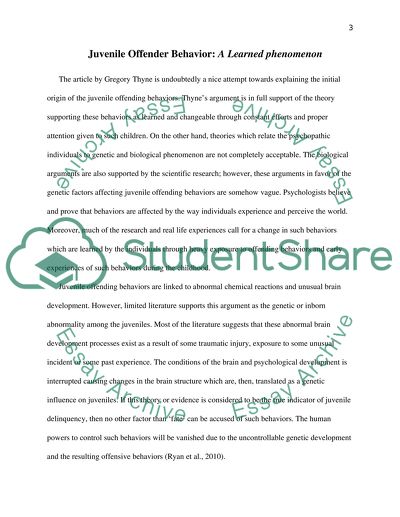Cite this document
(“Juvenile offender Behaviour-Learned or Inherited Essay”, n.d.)
Juvenile offender Behaviour-Learned or Inherited Essay. Retrieved from https://studentshare.org/psychology/1431247-juvenile-offender-behaviour-learned-or-inherited
Juvenile offender Behaviour-Learned or Inherited Essay. Retrieved from https://studentshare.org/psychology/1431247-juvenile-offender-behaviour-learned-or-inherited
(Juvenile Offender Behaviour-Learned or Inherited Essay)
Juvenile Offender Behaviour-Learned or Inherited Essay. https://studentshare.org/psychology/1431247-juvenile-offender-behaviour-learned-or-inherited.
Juvenile Offender Behaviour-Learned or Inherited Essay. https://studentshare.org/psychology/1431247-juvenile-offender-behaviour-learned-or-inherited.
“Juvenile Offender Behaviour-Learned or Inherited Essay”, n.d. https://studentshare.org/psychology/1431247-juvenile-offender-behaviour-learned-or-inherited.


